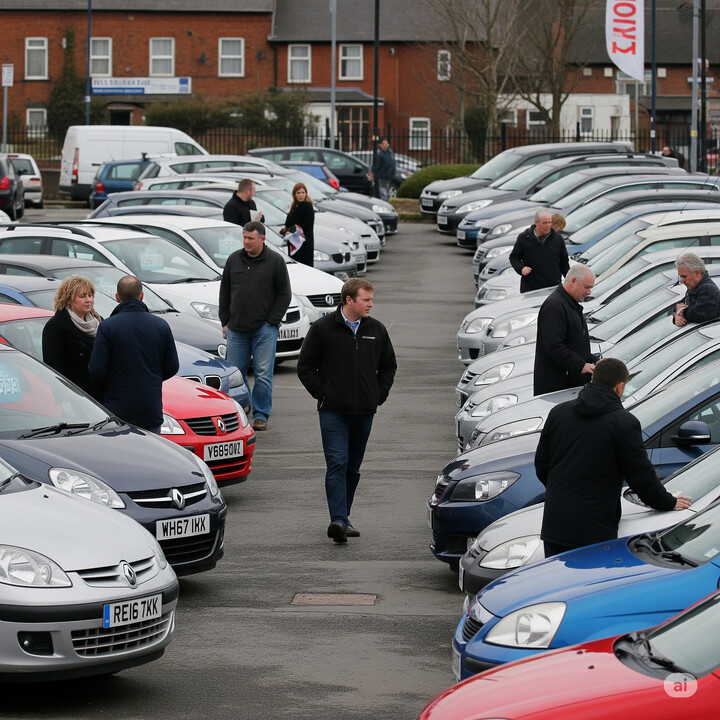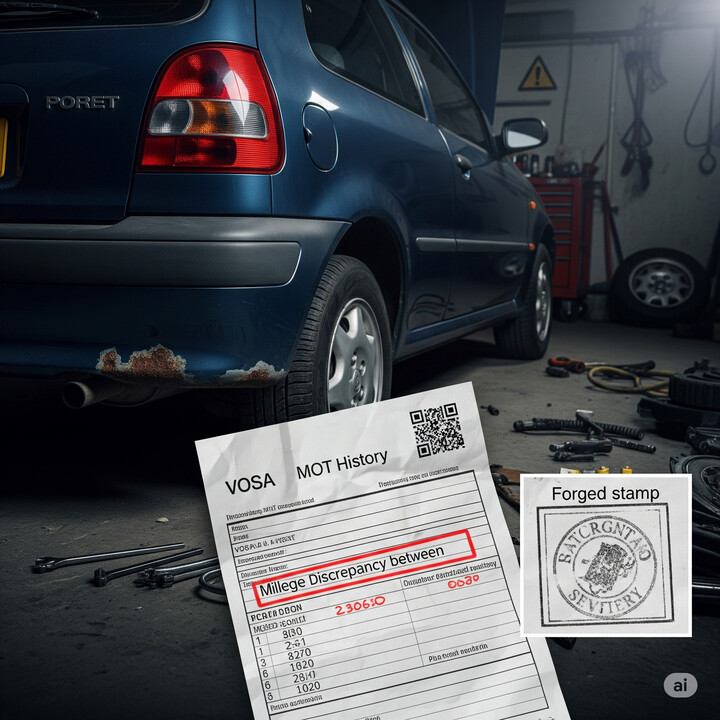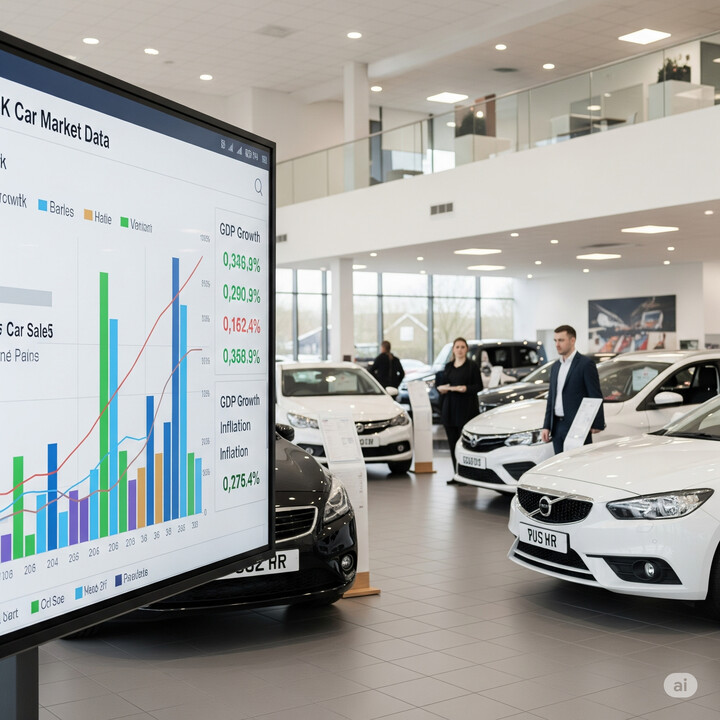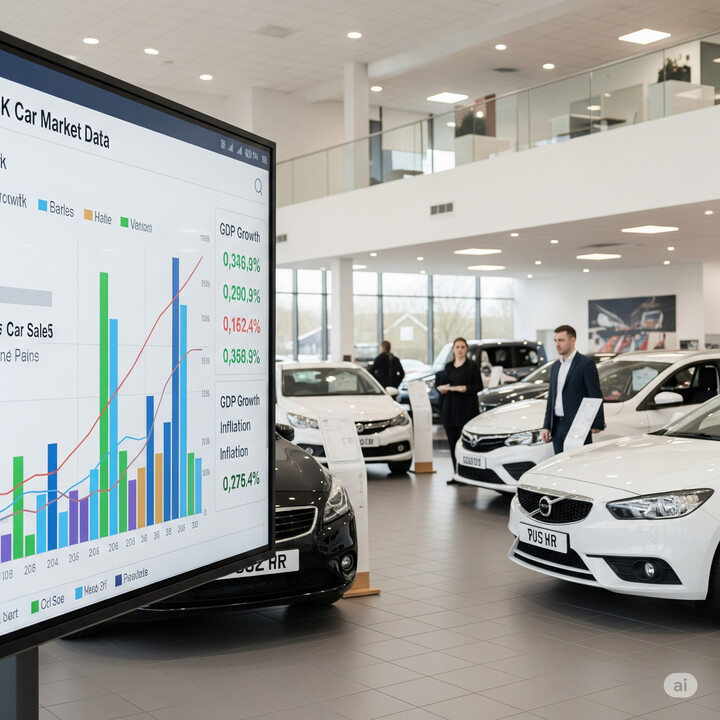
SMART FORFOUR ELECTRIC (2017-19)
The SMART FORFOUR ELECTRIC (2017-19) is a compact and stylish city car designed for urban living and eco-conscious drivers. As a practical hatchback, it’s well-suited for everyday commuting, errands, and short trips around town. Its electric powertrain makes it an ideal choice for those seeking a quiet, zero-emission vehicle with low running costs — perfect for city dwellers, first-time drivers, or anyone looking for an affordable and environmentally friendly mode of transport.
What sets the SMART FORFOUR ELECTRIC apart is its distinctive, modern design combined with efficient electric performance. Known for its nimbleness and ease of parking, this model is a popular choice in the compact electric vehicle segment. The typical used example seen on MyCarCheck.com has an average mileage of around 21,272 miles and an average private sale value of approximately £8,981, making it a competitive option for budget-conscious drivers. With a friendly and accessible profile, the SMART FORFOUR ELECTRIC (2017-19) is a reliable, economical, and stylish choice for city car enthusiasts seeking a small yet capable electric vehicle.

average use

The most recent mileage readings for the SMART FORFOUR ELECTRIC (2017-19) vehicles show that the largest share, 29.6%, are recorded between 20,000 and 30,000 miles. A significant portion, 25.9%, fall within the 0 to 10,000 mile range, indicating many vehicles are relatively low mileage. The 10,000 to 20,000 miles category accounts for 22.2%, while higher mileage brackets—30,000 to 40,000 miles (14.8%) and 40,000 to 50,000 miles (3.7%)—are less common. Notably, very few vehicles, only 3.7% each, exceed 50,000 miles, suggesting most smart electric vehicles in this sample have been driven moderately or minimally.

vehicle values

The data indicates that for the privately sold SMART FORFOUR ELECTRIC (2017-19), the majority of sales (approximately 37%) occur within the £8,000 to £9,000 price range. A significant portion (around 25.9%) falls into the £9,000 to £10,000 bracket, with smaller shares in the £7,000 to £8,000 and £10,000 to £11,000 ranges at 14.8% and 22.2% respectively. This suggests that the typical private sale price for this vehicle model is clustered between £8,000 and £10,000, with fewer sales below or above this range.

production years

The data indicates that among the SMART FORFOUR ELECTRIC models manufactured between 2017 and 2019, slightly more than half (51.9%) were produced in 2018, while just under half (48.1%) were made in 2017. Notably, there is no data for 2019, suggesting that the majority of these vehicles in the sample are from 2017 and 2018, with a fairly even distribution between these two years. This could imply that the model saw consistent production over this period, with no clear dominance of a single production year within this timeframe.

colour popularity

The data indicates that the majority of SMART FORFOUR ELECTRIC (2017-19) vehicles feature green paint, accounting for approximately 59.3% of the sample. Black is the second most common colour at 33.3%. Less popular colours include grey and white, each representing around 3.7%. This suggests a strong preference for green among owners of this model, making it the most distinctive colour choice within this vehicle group.

ownership cycle

The data for 'SMART FORFOUR ELECTRIC (2017-19)' vehicles indicates that the majority of cars, approximately 40.7%, have had two registered keepers. A significant portion, 25.9%, have had three keepers, and 18.5% have had just one. There are also smaller percentages with higher numbers of keepers, such as 11.1% with four and 3.7% with seven. This suggests that most of these vehicles tend to stay with a small number of owners, often just one or two, which may imply relatively stable ownership for these electric cars within the period sampled.

engine choices

The data indicates that all SMART FORFOUR ELECTRIC models from 2017 to 2019 are powered exclusively by electric fuel, with no variations in fuel type. Additionally, engine capacity information is not available for these vehicles, which is typical for electric models that do not rely on traditional engine sizes. This underscores the fully electric nature of these vehicles during this period.












